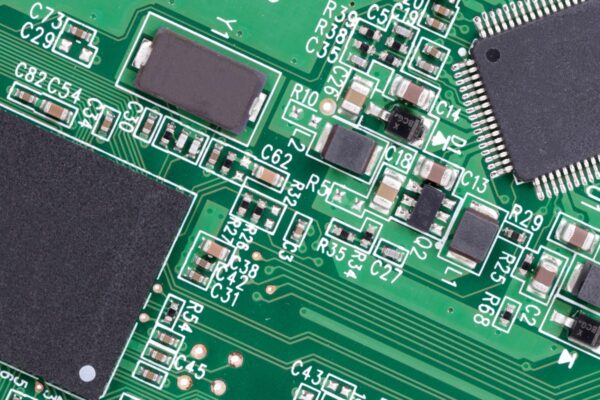What is Cathode
In the PCB industry, the term cathode refers to one of the two terminals of a diode. Specifically, it is the negative terminal of the diode, with the other terminal being the anode. The cathode is marked on the schematic symbol and is also indicated on the physical body of the diode component. It is important to correctly identify the cathode when working with diodes on a PCB.
A diode is an electronic component that allows current to flow in only one direction. When a forward bias voltage is applied, electrons flow out of the cathode terminal. This flow of electrons is essential for the proper functioning of the diode. The cathode is typically marked with a distinctive symbol or marking on the diode itself to indicate its polarity.
Understanding the cathode helps in the proper placement and orientation of diodes on a printed circuit board. By correctly identifying the cathode terminal, designers and manufacturers can ensure that the diodes are connected in the desired direction to achieve the desired functionality and prevent any potential damage to the circuit.
Frequently Asked Questions
What Is the Difference Between Diode and Cathode
A diode is a two-terminal device. The positive terminal is referred to as the anode, while the negative terminal is known as the cathode. The diode circuit symbol clearly indicates the anode and cathode.
Is Pin 1 Diode Cathode or Anode
For molded diodes, the cathode is typically located on the left side, specifically on pin 1, while the anode is positioned on the right side, specifically on pin 2.
Which Side Is Anode and Cathode
On a physical diode, there are two terminals extending from a cylindrical shape in the center. One of these terminals is known as the anode, which is the positive terminal. The other terminal is referred to as the cathode, which is the negative end.
Why Is the Cathode Marked
Cathode marking with a K originated in tube electronics and dates back to the 1800s with the invention of the Fleming valve, also known as a diode.
Is Cathode Electrically Positive or Negative
In an electrical device, the cathode is the electrode that carries a negative charge.
How Do You Know Which One Is the Cathode
The anode is typically positioned on the left side, while the cathode is typically positioned on the right side.
Why Is Cathode Positive
At the cathode, the reduction reaction occurs, consuming electrons and resulting in the accumulation of positive charge as metal ions are left behind at the electrode. This process continues until electrochemical equilibrium is achieved, making the cathode positive.
Where Do You Connect Anode and Cathode
The anode is the electrode that is connected to the positive terminal of the cell or battery. On the other hand, the cathode is the electrode that is connected to the negative terminal of the battery.





